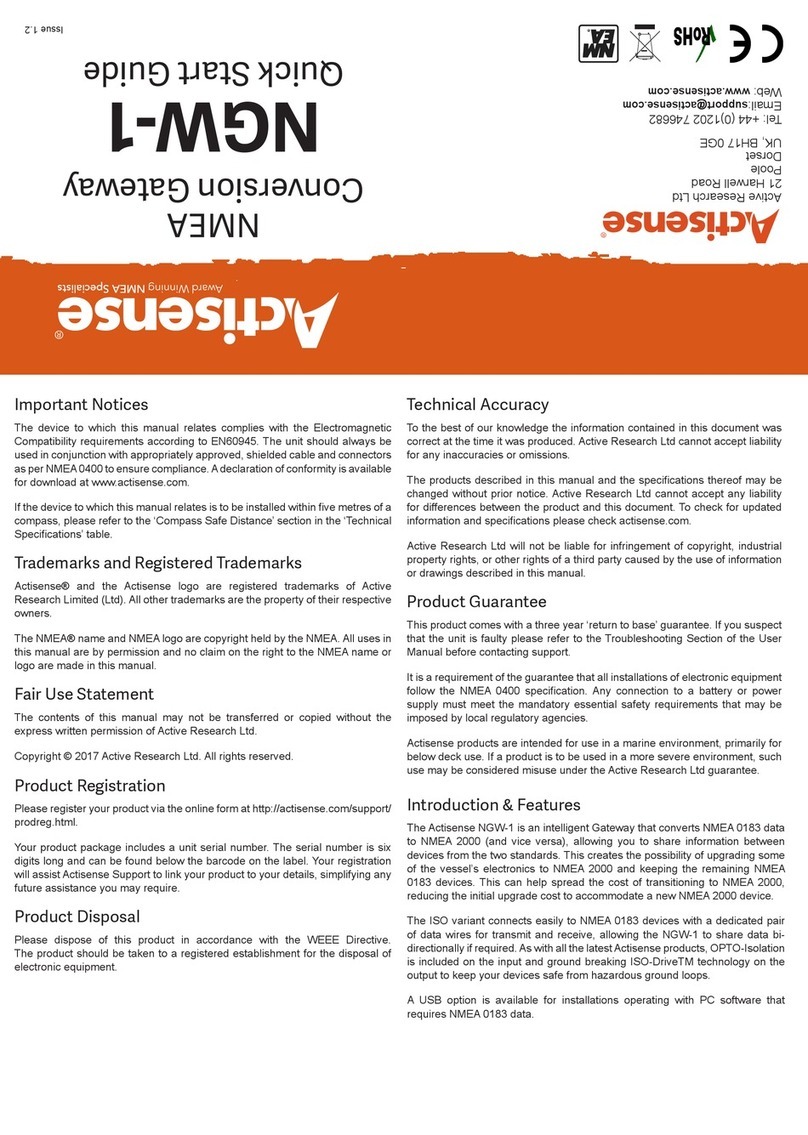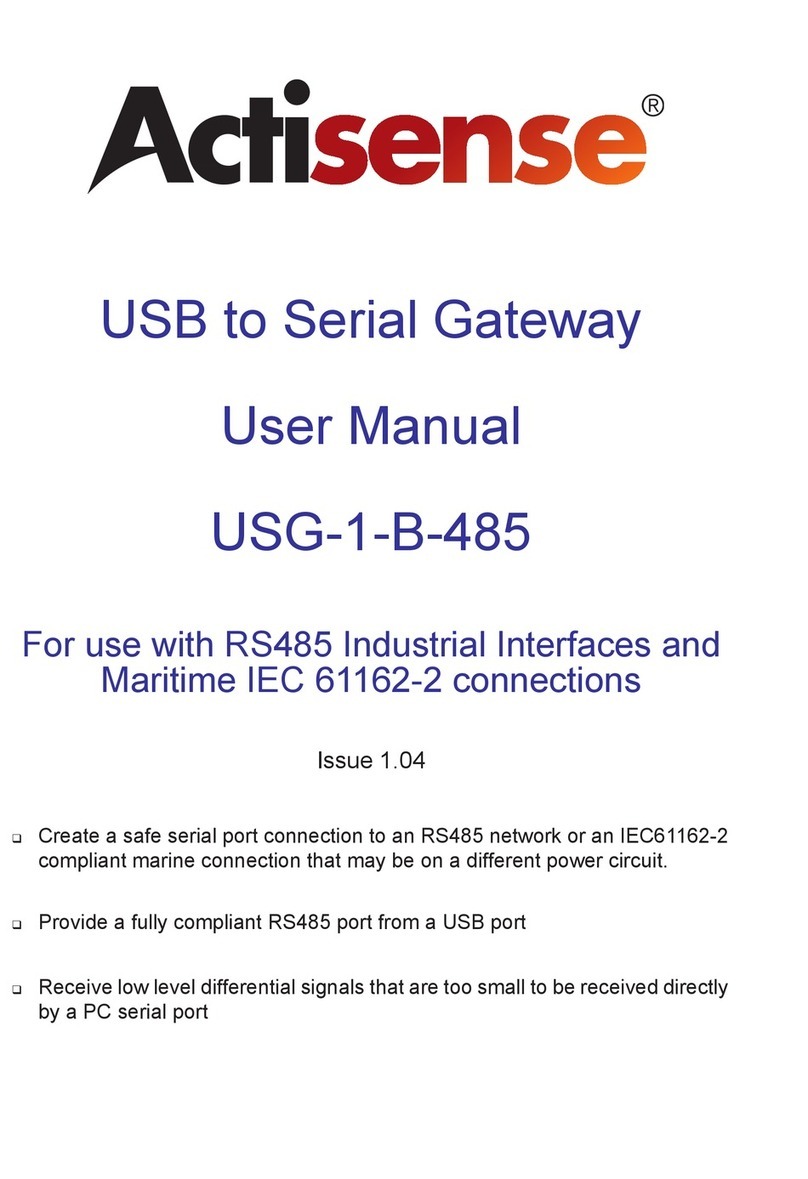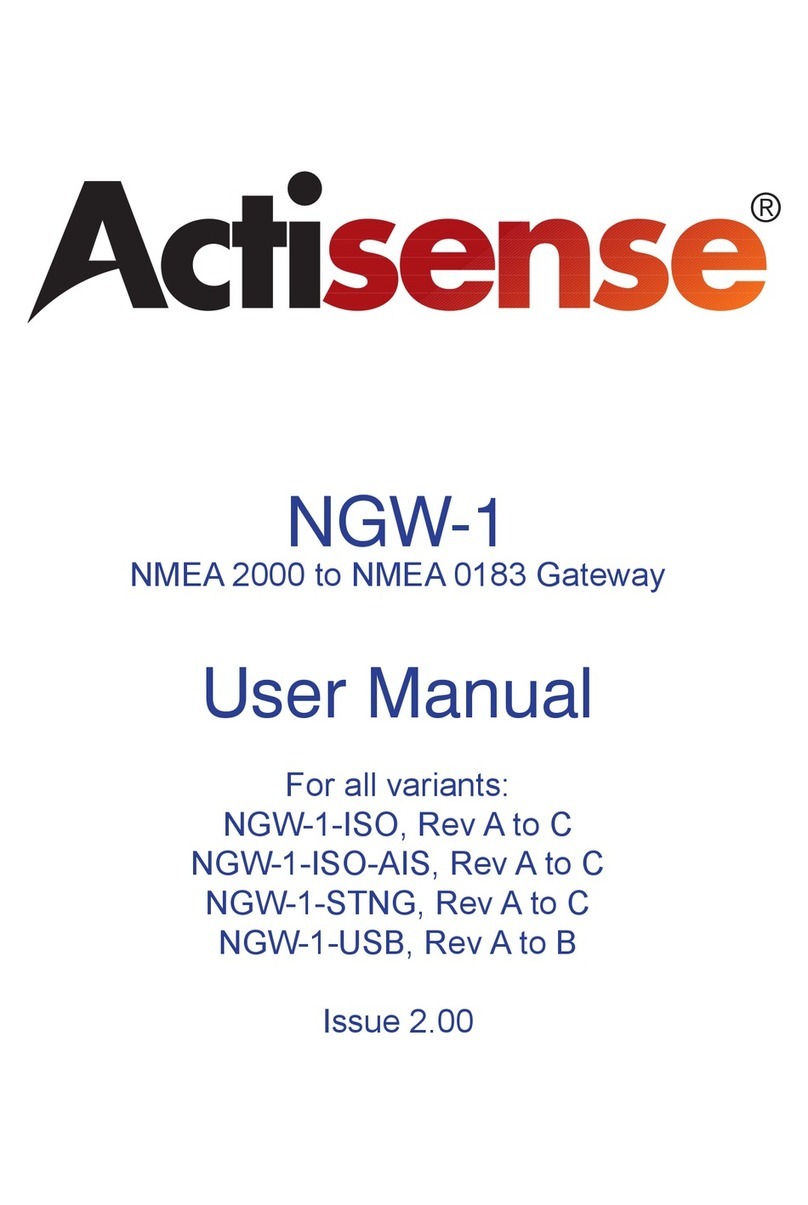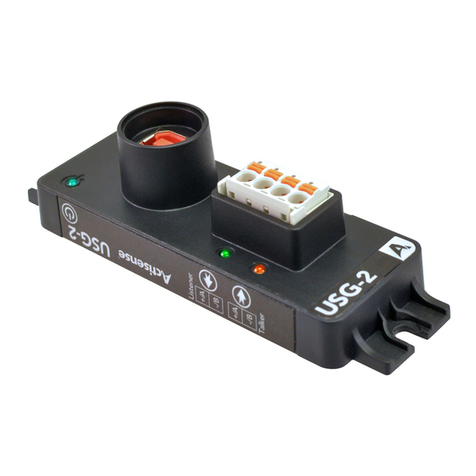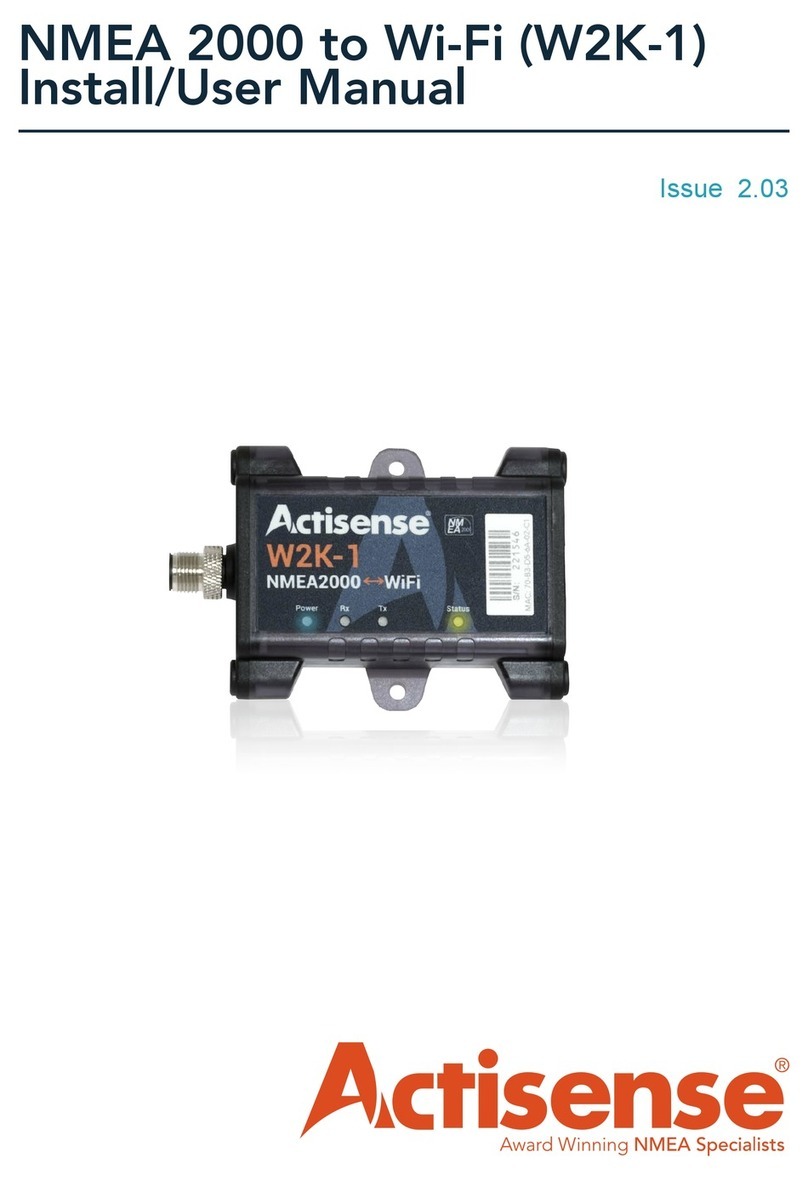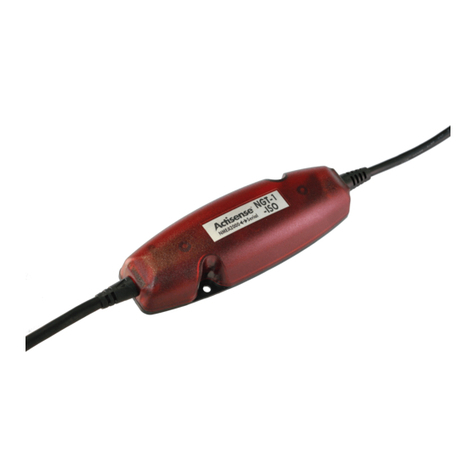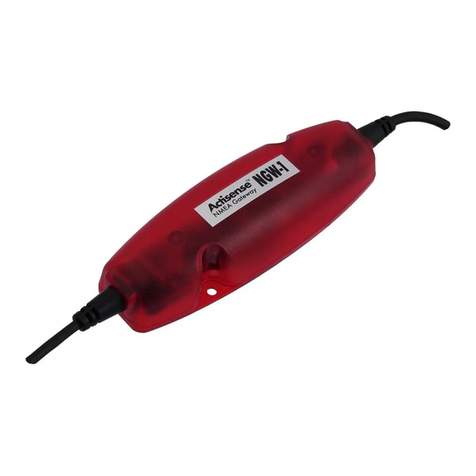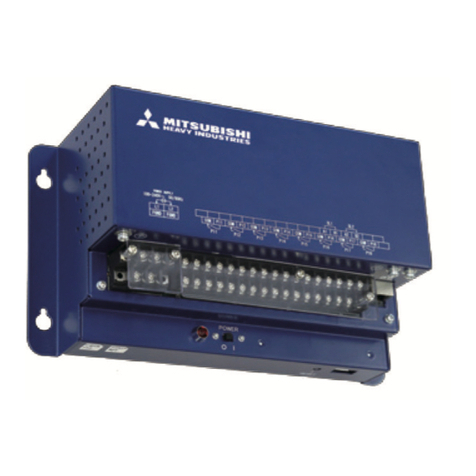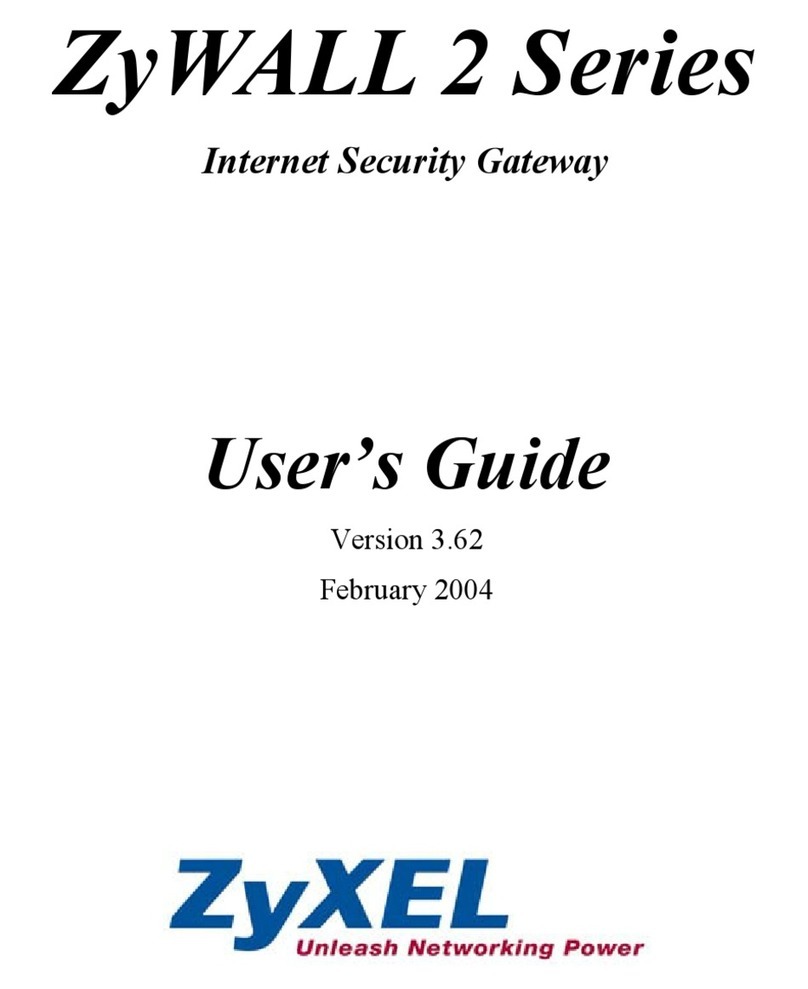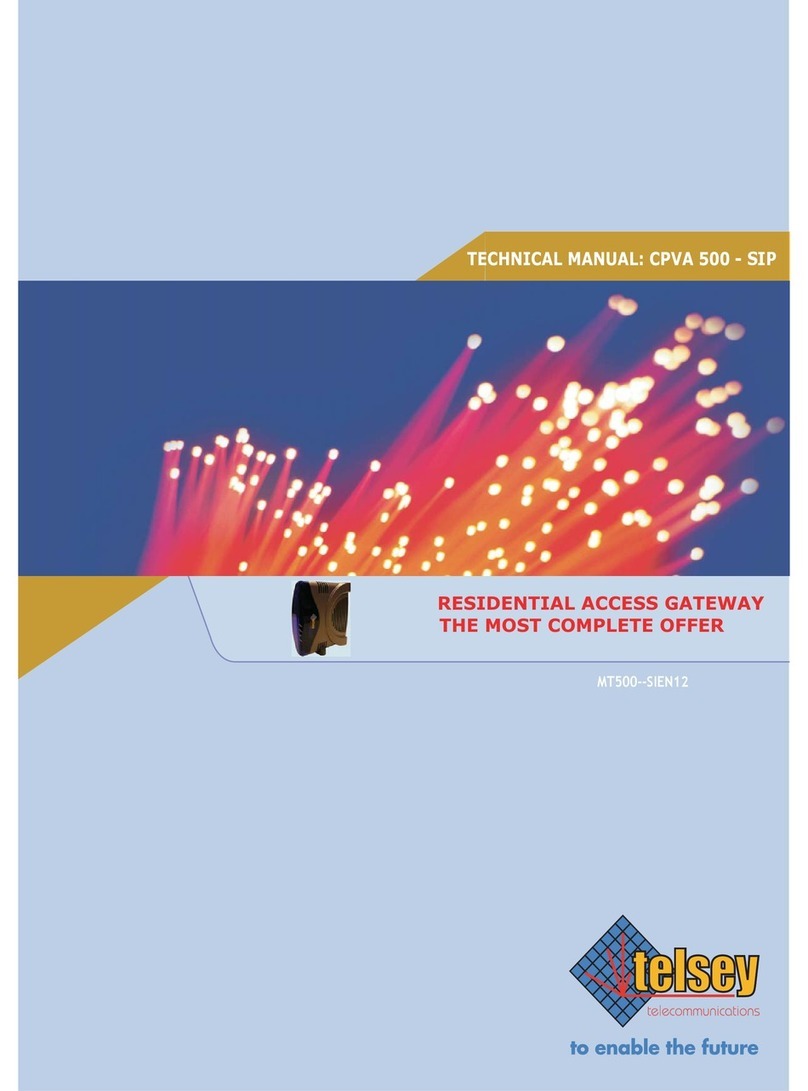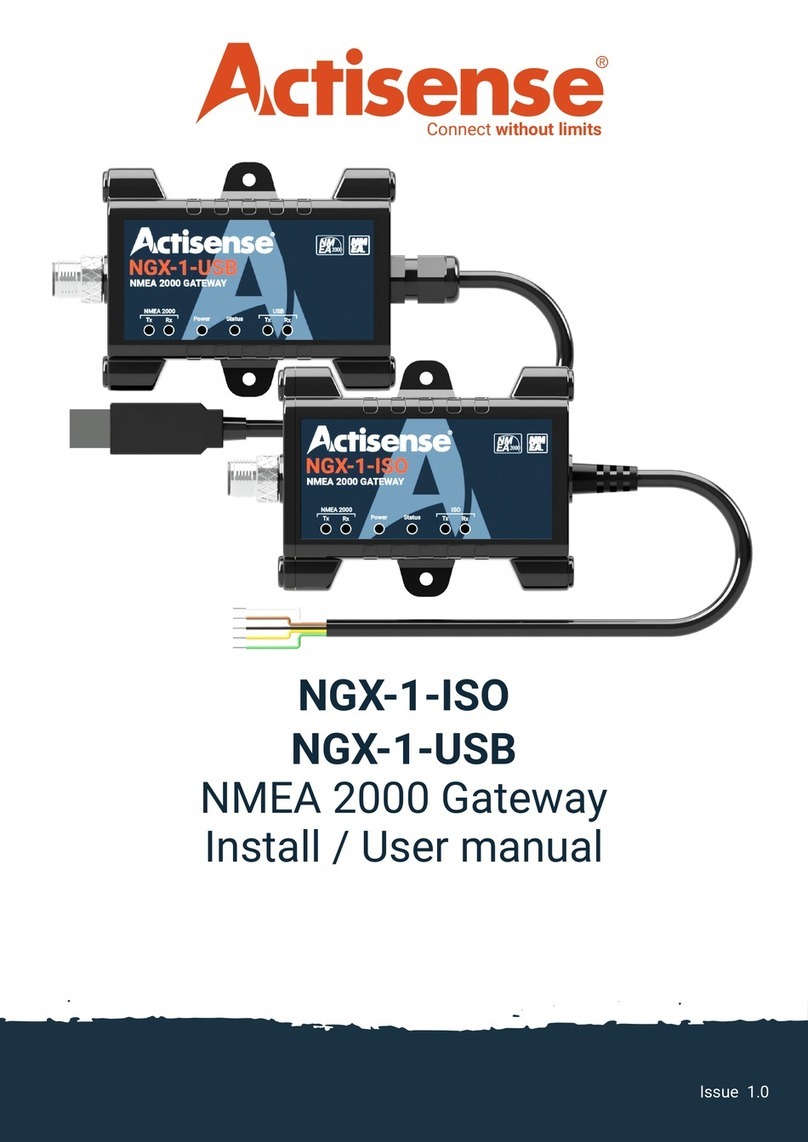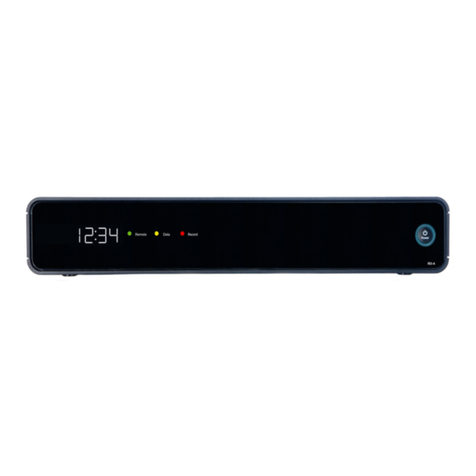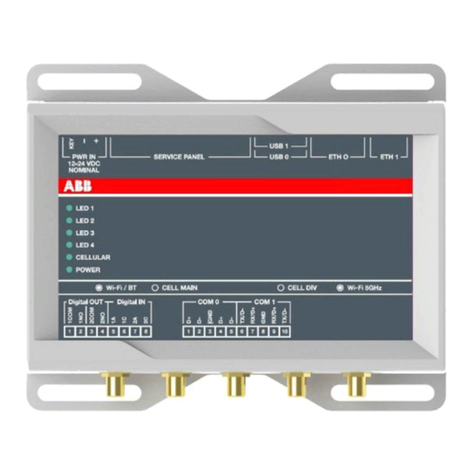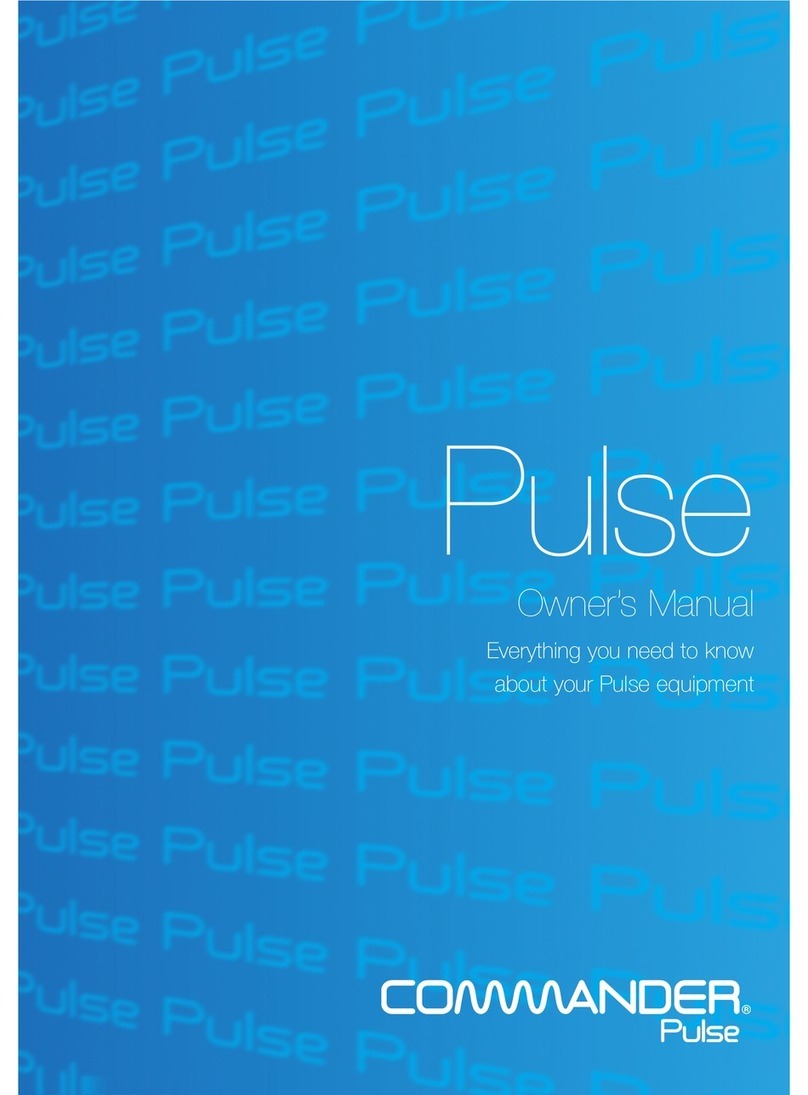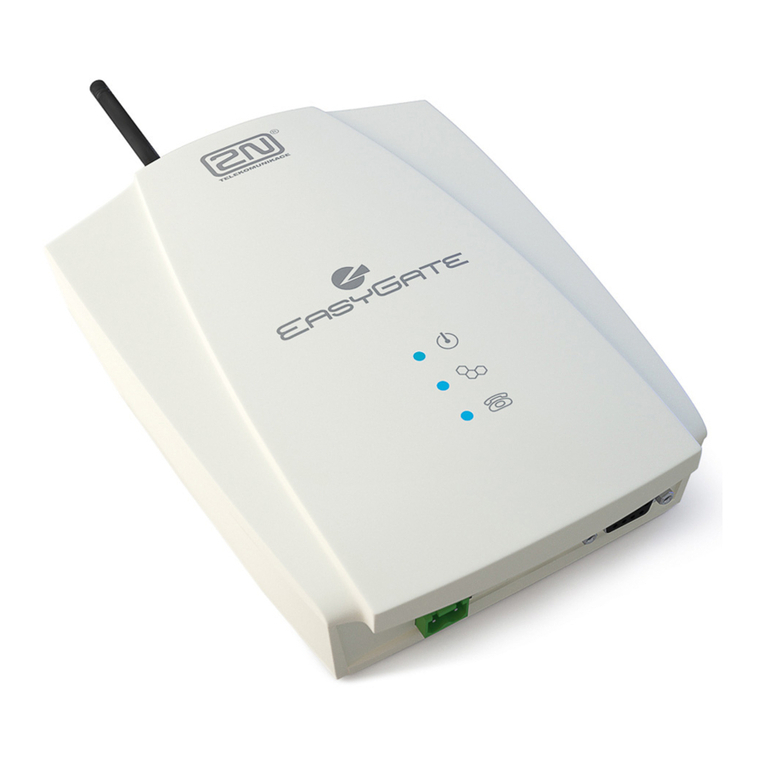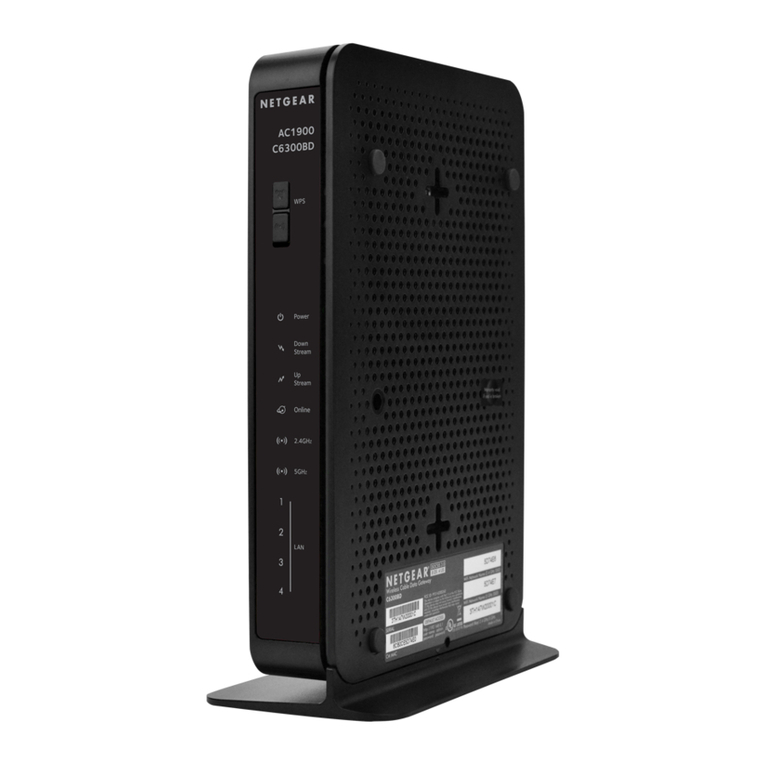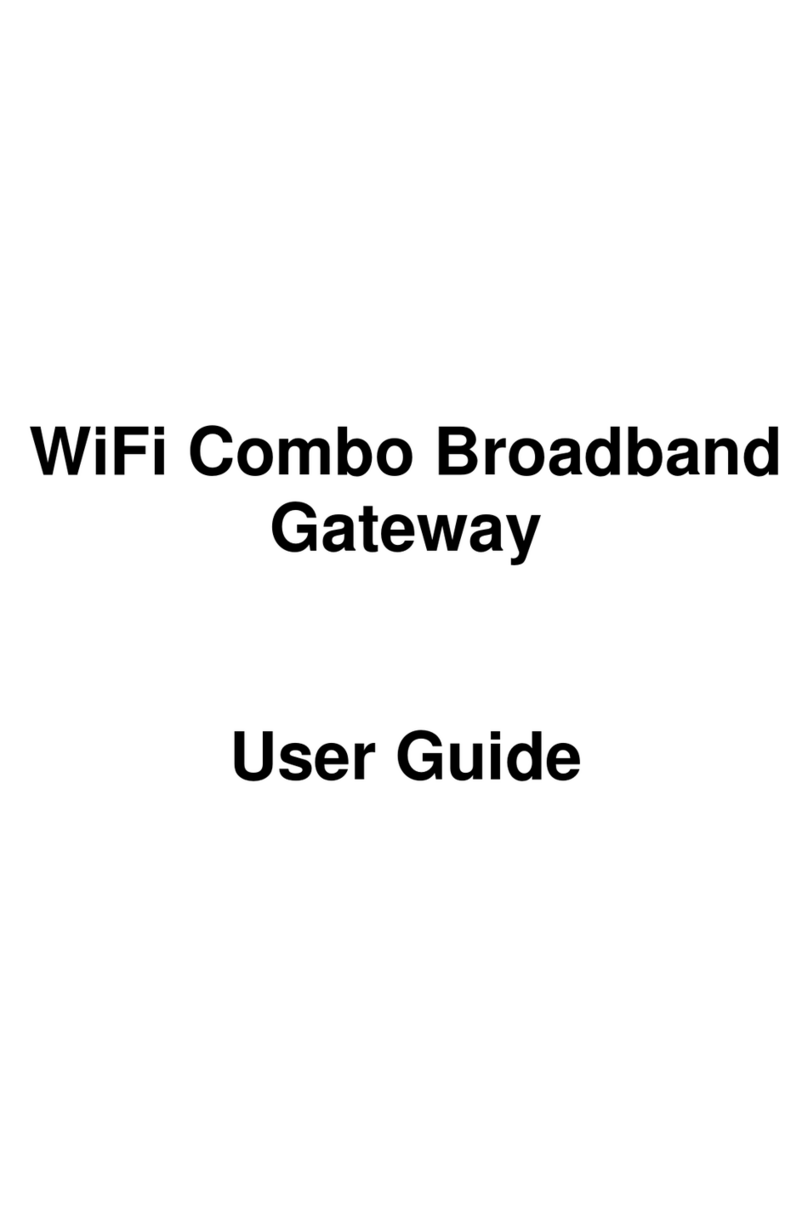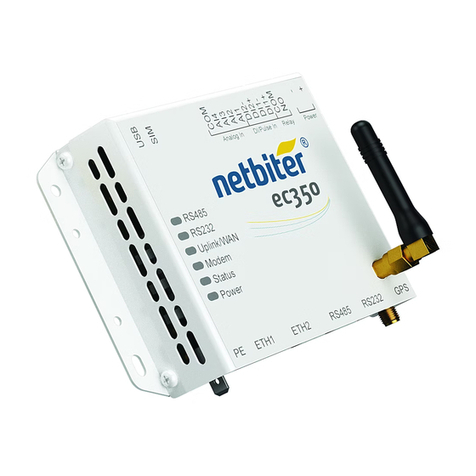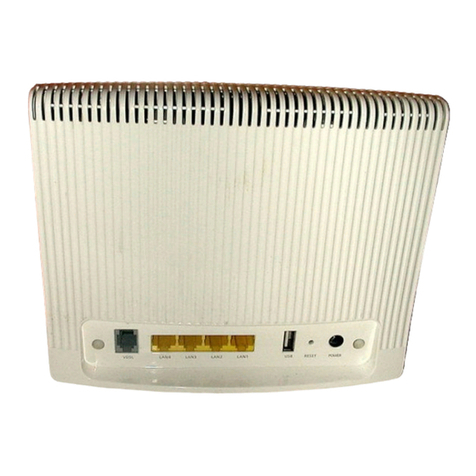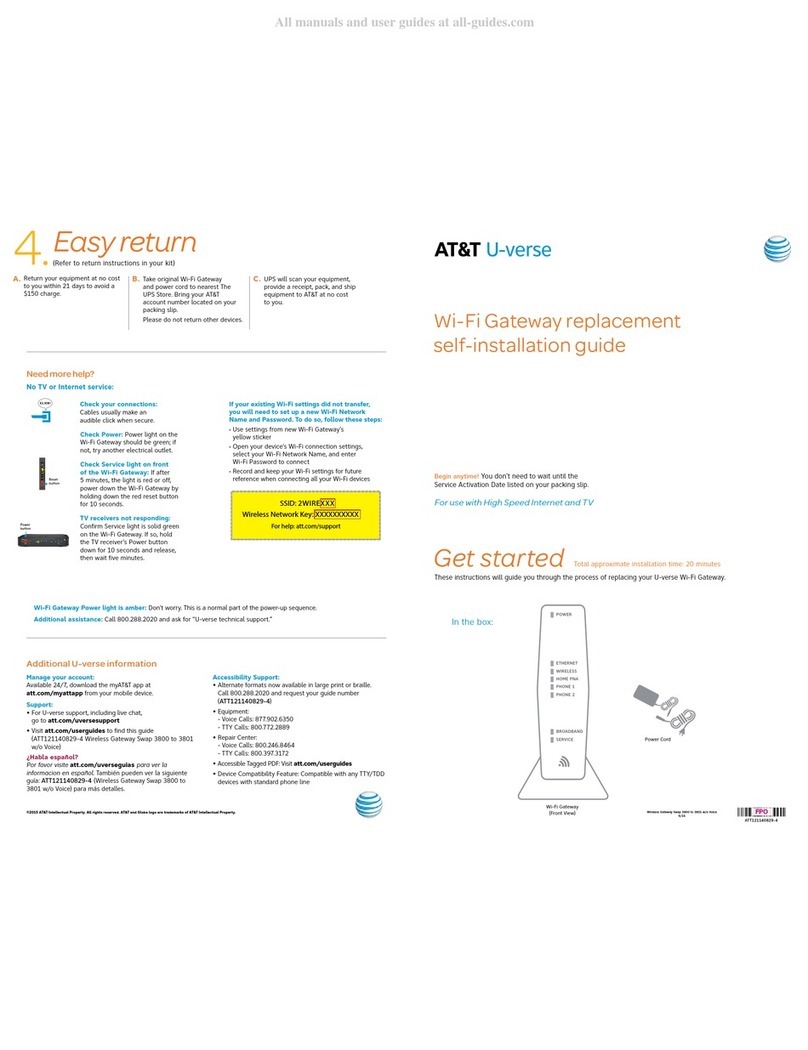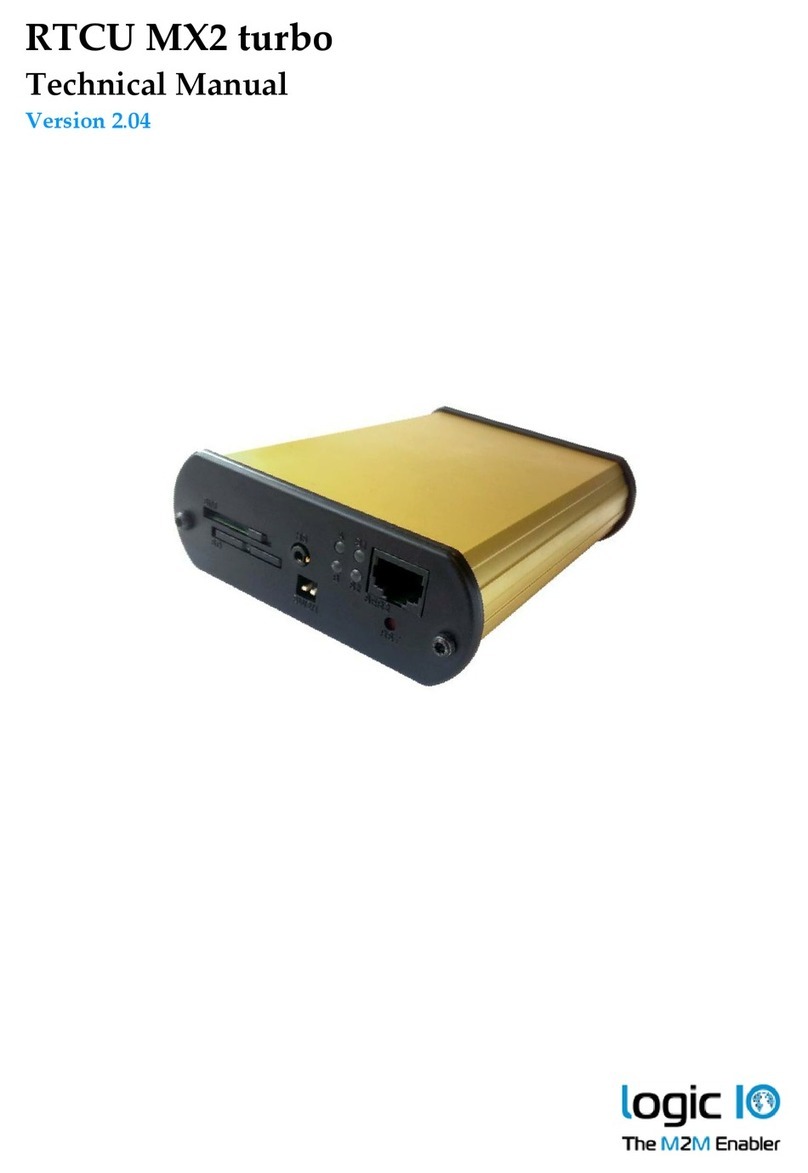Behaviour Solution
USB only: The LEDs do not
light The USB driver has not been installed correctly.
The NMEA 2000 LED does
not ash when the NMEA
2000 network is active
Check that the NGW-1 is connected to the NMEA 2000 network and
that the NMEA 2000 network is operational.
Conrm that the PGN messages are available on the network (using
an Actisense NGT-1 or similar device) and that the required PGNs are
supported on the latest NGW-1 Conversion List.
The NMEA 0183 LED does
not ash when connected to
an NMEA 0183 Talker
Check that the NGW-1 is connected correctly to the NMEA 0183 device
and that the same Baud rate has been set on both devices.
Both LEDs ash together,
once every 10 seconds
Indicates that the NGW-1 is powered but no data is received from either
connection. If valid data should be present and converted by the NGW-
1 on one or both inputs, refer to the two rows above.
The LEDs ash alternately
very fast (4 times per
second). This sequence
repeats continuously
Indicates that the NGW-1 has lost its Firmware, please connect the unit
to the latest NGW-1 Actipatch and re-install the Firmware.
LED Behaviour and Troubleshooting
There are 2 LEDs inside the NGW-1, one on the NMEA 0183 side, one on the NMEA 2000 side. On start
up, these LEDs will ash alternately and very quickly for 2 seconds.
The primary function of the NGW-1 NMEA 0183 LED is to indicate reception of a valid NMEA 0183
sentence. The NMEA 2000 LEDs main function is to indicate reception of a PGN on the NGW-1
conversion list. It is normal for the NMEA 0183 LED to ash faster than the NMEA 2000 LED due to the
smaller bandwidth available to NMEA 0183.
If the NGW-1 is not receiving any data on either side, both LEDs will ash together every 10 seconds. This
could be a result of incorrect wiring, mismatched baud rates or a lack of data available to the NGW-1.
If any irregular behaviour is observed, please consult the video in the Actisense Support Centre or the table
below.
Technical Support and the Returns Procedure
All installation instructions and any warnings contained in this manual must be followed before contacting
Actisense technical support. If the troubleshooting guide did not help resolve the problem and an error
persists, please contact Actisense technical support to help trace the issue before considering the return of
the product. If Actisense support concludes that the NGW-1 unit should be returned to Actisense a Returns
Number will be issued by the support engineer.
The Returns Number must be clearly visible on both the external packaging and any documentation
returned with the product. Any returns sent without a Returns Number will incur a delay in being processed
and a possible charge.

